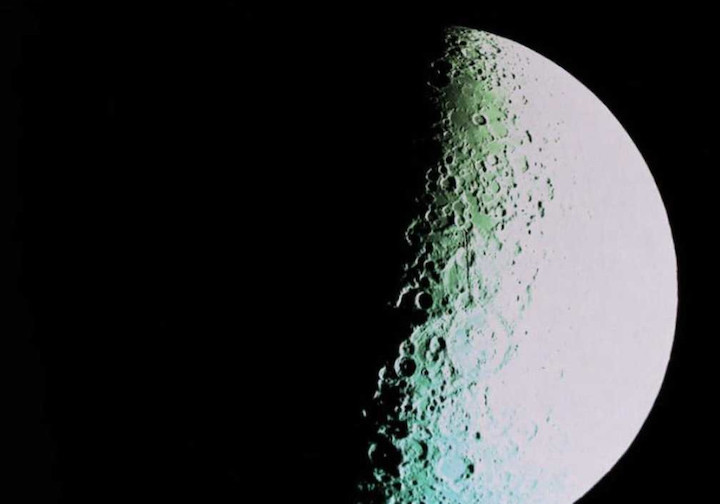18.04.2019

Far side of the moon by Beresheet, April 10, 2019. (photo credit: BERESHEET)
nded to correct a malfunction in one of the Beresheet spacecraft’s inertial measurement unit led to a chain of events that turned off its main engine during landing, according to a preliminary investigation conducted by SpaceIL.
While a full investigation will be completed in the coming weeks, SpaceIL CEO Dr. Ido Anteby said Wednesday that the inertial measurement unit (IMU) malfunction during the landing maneuver was its first failure during the seven-week mission to the moon.
A chain of events caused by a command sent from the SpaceIL control room turned off the spacecraft’s main engine and prevented proper engine activation, Anteby said, making a crash landing on the moon inevitable.

While the spacecraft attempted to restart its engine several times, the attempts proved unsuccessful.
“Immediately after the incident, we began our investigation. This is part of our culture of learning, reaching conclusions and transparency,” said Anteby.
“We have completed the first stage of the investigation, and it focuses only on understanding the facts and the sequence of events. We tried to understand what happened, based on telemetry from the spacecraft.”
“I am proud of SpaceIL’s team of engineers for their wonderful work and dedication,” said SpaceIL chairman Morris Kahn.
“Such cases are an integral part of a complex and pioneering project. What is important now is to learn the best possible lessons from our mistakes and bravely continue forward. That’s the message we’d like to convey to the people in Israel and the entire world. This is the spirit of the Beresheet project.”
Kahn, the lead donor behind the project, has already held several meetings with the team behind the spacecraft to plan for Beresheet 2, a second mission to land on the moon.
The meetings, SpaceIL said, focused on setting the objectives for the future mission, completing the current investigation into the crash of Beresheet, setting a budget and recruiting resources and staff. SpaceIL hopes to complete the second mission within two years, the organization said.
The original mission budget stood at about NIS 350 million ($98m.), almost entirely financed by private donors and costing a fraction of the missions sponsored by the governments of the three countries that have successfully reached the moon.
